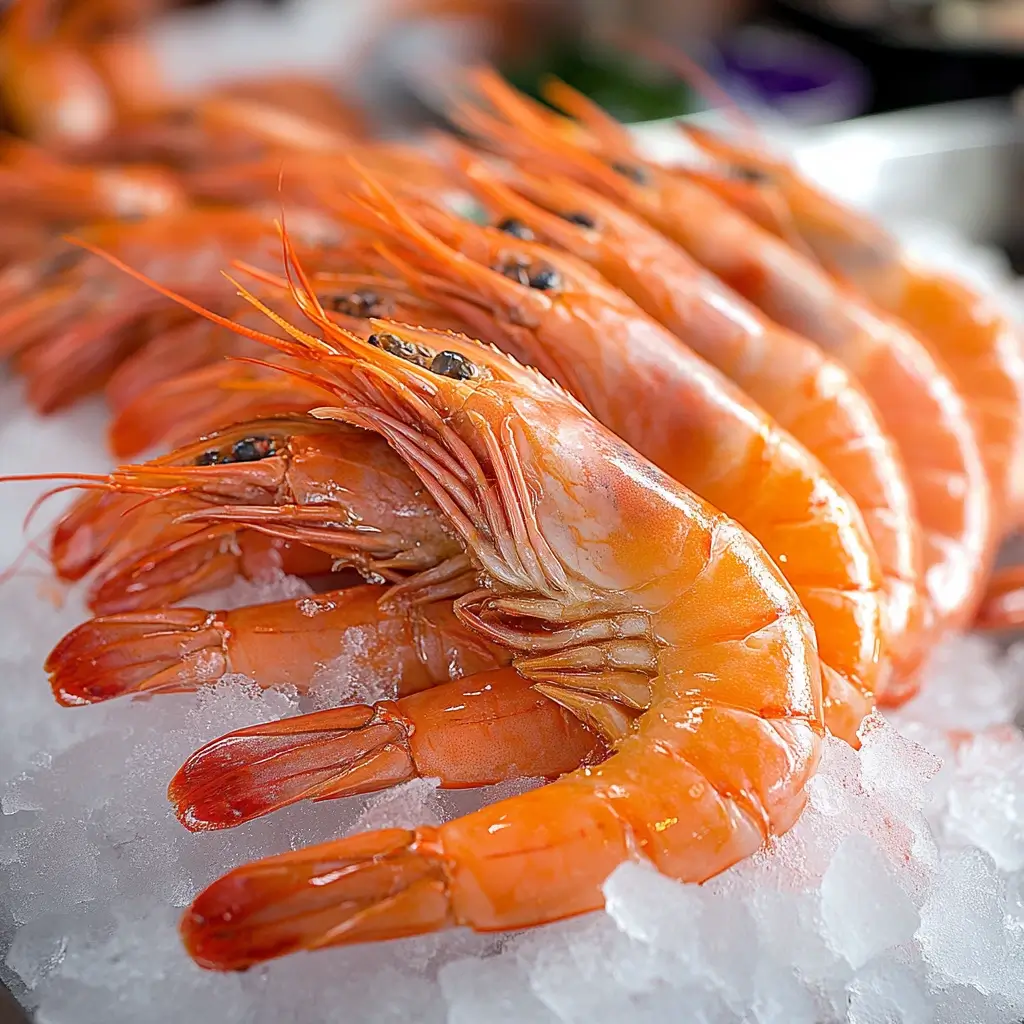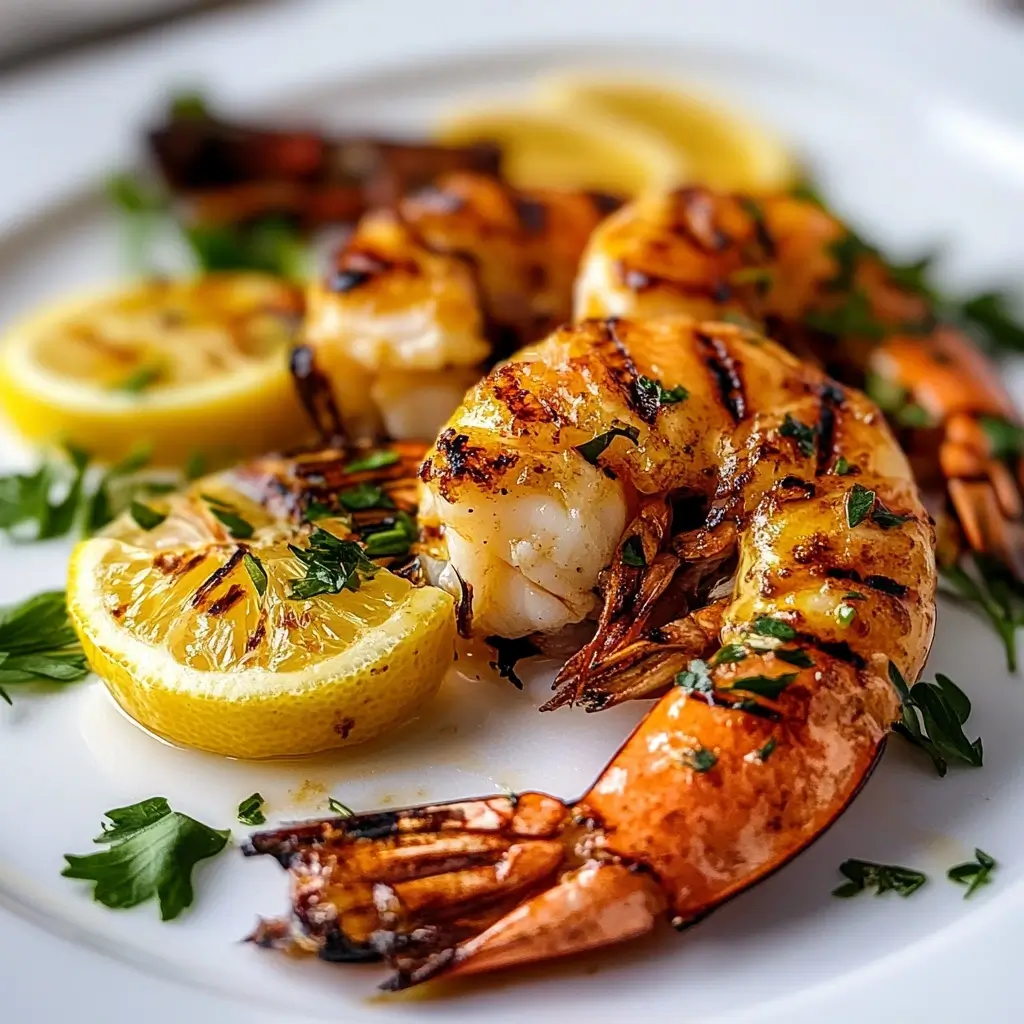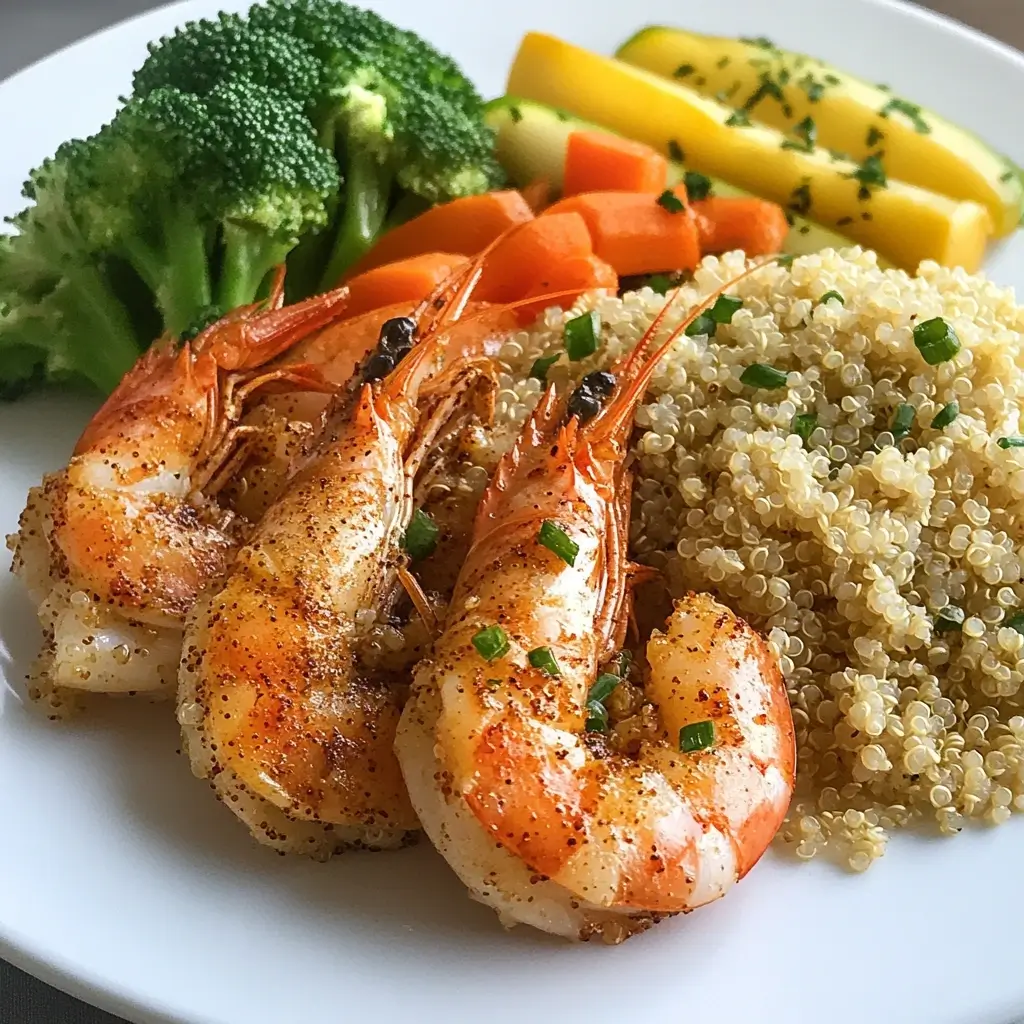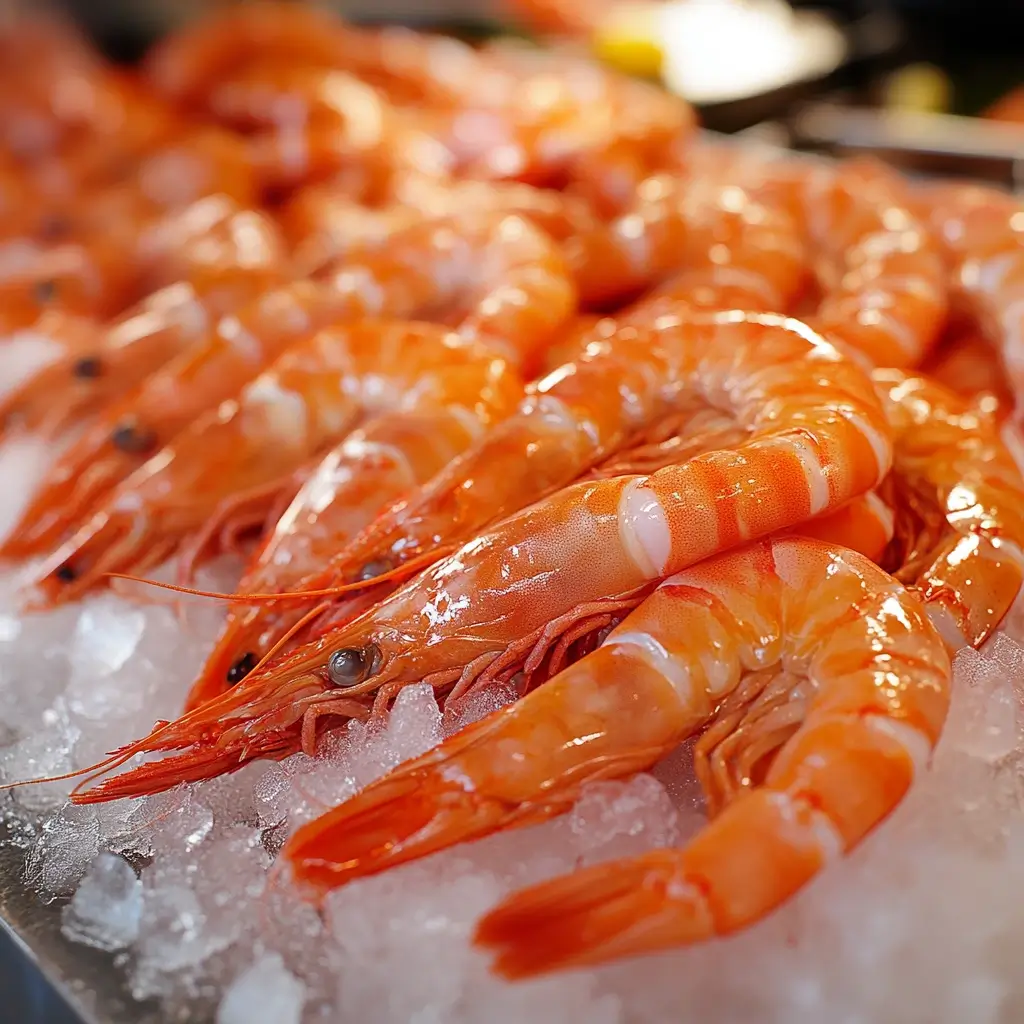Langostino tails are a seafood delicacy that often fly under the radar, overshadowed by more popular shellfish like lobster and shrimp. But if you’ve ever wondered, “What is a langostino tail?”, you’re in for a treat. This guide will explore everything you need to know about langostino tails, from their taste and texture to their nutritional benefits and how to cook them. Let’s dive in!
What Is a Langostino Tail?

Definition of a Langostino Tail
Langostino tails come from the langostino, a small crustacean that resembles a cross between a lobster and a shrimp. Despite its name, the langostino is not a true lobster but belongs to the squat lobster family. The tail is the most prized part of the langostino, known for its sweet, delicate flavor and firm texture. Often sold frozen, langostino tails are a versatile ingredient in many seafood dishes.
Langostino vs Lobster and Shrimp
Langostino tails are often compared to lobster and shrimp, but they have unique characteristics. While lobster tails are larger and have a richer, more buttery flavor, langostino tails are smaller, sweeter, and slightly more tender. Compared to shrimp, langostino tails are firmer and have a more pronounced seafood flavor. This makes them a fantastic middle ground for those who enjoy both lobster and shrimp.
Where Do Langostino Tails Come From?
Langostino tails are primarily sourced from the cold waters of the Pacific Ocean, particularly off the coast of Chile. They are also found in the Mediterranean Sea and along the coasts of Spain. Chilean langostinos are especially popular due to their high quality and sustainable fishing practices. These tails are often harvested, processed, and frozen at sea to preserve their freshness. Learn More from Seafood Experts
The Taste and Texture of Langostino Tails

What Does a Langostino Tail Taste Like?
Langostino tails have a sweet, delicate flavor that is often described as a blend of lobster and crab. Their taste is milder than lobster but more robust than shrimp, making them a versatile ingredient in various cuisines. Whether grilled, boiled, or sautéed, langostino tails absorb flavors beautifully, making them a favorite among seafood lovers.
Texture: Firm and Succulent
One of the standout features of langostino tails is their texture. They are firm yet tender, with a succulent bite that holds up well in cooking. Unlike shrimp, which can become rubbery if overcooked, langostino tails maintain their delicate texture even when exposed to high heat. This makes them ideal for dishes like pasta, risotto, and seafood stews.
Why Langostino Tails Are a Gourmet Delicacy
Langostino tails are considered a gourmet seafood item due to their unique flavor, texture, and versatility. They are often featured in upscale restaurants and gourmet recipes, where their delicate taste can shine. Whether served as an appetizer, main course, or even in sushi, langostino tails add a touch of elegance to any meal.
Langostino tails are a delicious and versatile seafood option, perfect for a variety of dishes. If you’re curious about how to cook them, check out our guide on delicious langostino recipes to get inspired!
Nutritional Benefits of Langostino Tails

Low-Calorie, High-Protein Seafood
Langostino tails are a fantastic choice for health-conscious seafood lovers. They are low in calories but packed with high-quality protein, making them an excellent option for those looking to maintain a balanced diet. A 3-ounce serving of langostino tails contains approximately 20 grams of protein and only 90 calories, making them a nutritious and satisfying choice.
Rich in Essential Vitamins and Minerals
In addition to being a great source of protein, langostino tails are rich in essential vitamins and minerals. They are particularly high in vitamin B12, which supports nerve function and red blood cell production, and selenium, a powerful antioxidant that boosts immune health. They also provide small amounts of omega-3 fatty acids, which are beneficial for heart health.
Is Langostino Sustainable?
Sustainability is an important consideration when choosing seafood. Fortunately, langostino tails are often sourced from well-managed fisheries, particularly in Chile, where strict regulations ensure sustainable fishing practices. By choosing langostino tails from reputable suppliers, you can enjoy this delicious seafood while supporting environmentally responsible practices.
How to Cook Langostino Tails

Popular Cooking Methods for Langostino Tails
Langostino tails can be prepared in a variety of ways, depending on your preference. They can be grilled, boiled, sautéed, or even baked. Grilling langostino tails with a drizzle of olive oil and a sprinkle of sea salt brings out their natural sweetness, while boiling them is perfect for dishes like seafood salads or pasta. Sautéing langostino tails in garlic butter is another popular method that enhances their flavor.
Easy Langostino Tail Recipes
Here are two simple recipes to try:
- Garlic Butter Langostino Tails: Sauté langostino tails in a pan with melted butter, minced garlic, and a squeeze of lemon juice. Serve over rice or with crusty bread.
- Langostino Tail Pasta: Toss cooked langostino tails with al dente pasta, olive oil, cherry tomatoes, and fresh basil for a quick and delicious meal.
Pairing Langostino Tails with Sauces and Sides
Langostino tails pair beautifully with a variety of sauces and sides. Classic options include garlic butter, lemon herb, or a creamy Alfredo sauce. For sides, consider serving them with roasted vegetables, a fresh green salad, or a side of quinoa. Their versatility makes them a great addition to any meal.
Where to Buy Langostino Tails
Finding Fresh or Frozen Langostino Tails
Langostino tails are widely available in seafood markets, specialty grocery stores, and online retailers. They are typically sold frozen, which helps preserve their freshness and flavor. Look for reputable brands that source their langostino tails from sustainable fisheries.
Tips for Selecting High-Quality Langostino Tails
When purchasing langostino tails, look for tails that are firm, with a bright, translucent color. Avoid tails that appear discolored or have a strong fishy odor, as these may indicate poor quality. If buying frozen, ensure the packaging is intact and free from ice crystals, which can affect texture.
Storing and Preparing Langostino Tails
To store langostino tails, keep them frozen until ready to use. Thaw them in the refrigerator overnight before cooking. Once thawed, rinse the tails under cold water and pat them dry with a paper towel. They are now ready to be cooked using your preferred method.
Conclusion
Langostino tails are a delicious and versatile seafood option that deserves a place in your kitchen. With their sweet, delicate flavor, firm texture, and impressive nutritional profile, they are a fantastic alternative to lobster or shrimp. Whether you’re grilling, sautéing, or adding them to pasta, langostino tails are sure to impress. So why not give them a try? Your taste buds will thank you!

